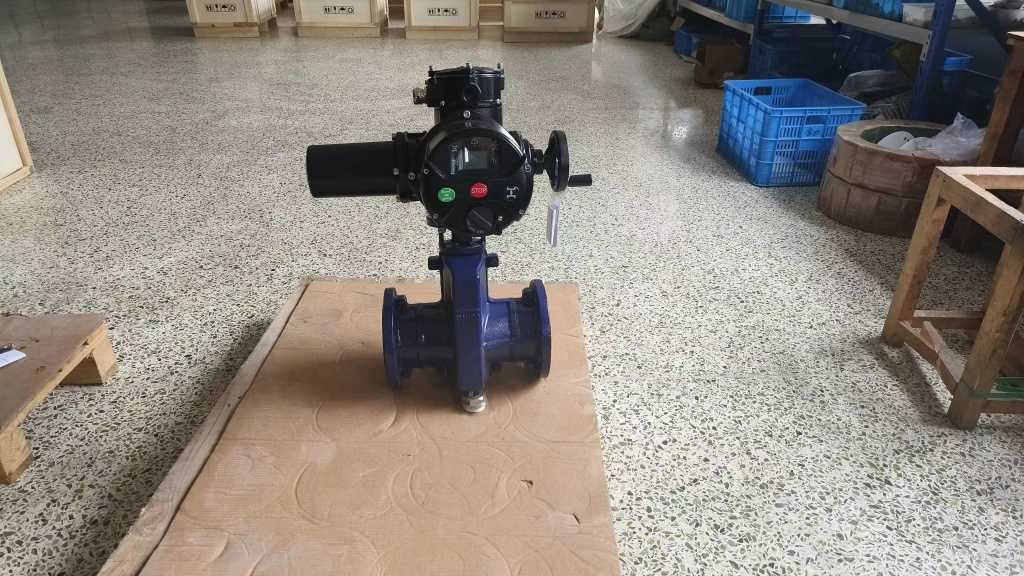hydrogen energy electric pinch valve: key to precision and safety in hydrogen systems
Release time:2025-09-24 10:19:19
The world is rapidly transitioning towards cleaner and more sustainable energy solutions, with hydrogen energy emerging as a promising contender. As the demand for hydrogen energy grows, especially for applications in fuel cells and energy storage, the need for specialized components that ensure the safe and efficient flow of hydrogen is crucial. One such component is the Hydrogen Energy Electric Pinch Valve, which plays an essential role in maintaining precision and safety in hydrogen systems. This article explores the design, functionality, and applications of this vital valve in hydrogen energy systems.

What is a Hydrogen Energy Electric Pinch Valve?
A Hydrogen Energy Electric Pinch Valve is a type of valve designed to control the flow of hydrogen gas through a pipeline or system using an electric actuator. Pinch valves are unique in that they use a flexible sleeve, typically made from rubber or other elastic materials, to regulate the flow of gases or liquids. When the valve is actuated, the sleeve is pinched closed to block the flow, and when the actuator is released, the sleeve opens to allow the gas or liquid to flow through.
In the case of hydrogen systems, electric pinch valves are specifically designed to handle the unique properties of hydrogen gas, such as its low molecular weight, flammability, and potential to cause embrittlement in certain metals. Therefore, these valves are built to meet high safety standards, ensuring secure, leak-proof operation in demanding environments.

